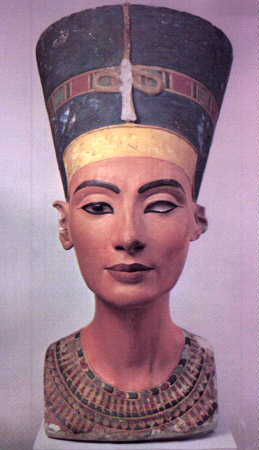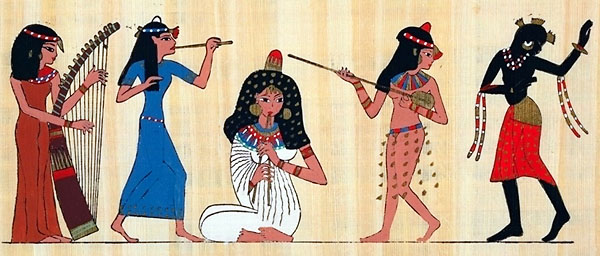wedding ring

What does the engagement ring and to any age dating? And why the engagement ring on the right and Marriage in the north?
Engagement ring tradition of ancient Pharaonic, and the first to follow this tradition are the ancient Egyptians, and the reason for this is that the money they were dealing with was in the form of rings gold, and put one of these episodes in the finger of the bride shows that the groom has put all his money and everything he owns at their disposal!!
But in the era of the Romans was the bride and groom wearing a ring of flowers on the upside and this is proof they relate to, and then turning the ring to thread a colorful crash on pinkie finger.
When the Greeks said that the origin is taken from an old habit, when he proposes marriage, where a girl's hand placed in the hands of the boy and housing them to register the iron when they came out of her father's house, then riding a horse is moving behind cattle with this bond even reach a marital home!!.
And the story of the marital relationship on the right when the courtship and marriage in the north, are due to hand the right is the right of the Naf by the Covenant, in the case of the engagement of all parties here and one which gave an oath to the other party that they Sertbtan forever.
The tradition of placing a ring on the fourth finger of the left hand in marriage has to do with human barriers extending from the fingers and directly related to the heart, known as human barriers Love "Amores us."
The circular shape is attributable to the time of the Romanian Empire, where the ring was then made of steel to form a symbol of strength and durability, and also the lack of gold in the Covenant, and the circular shape is a continuity and stability of the formulation.
It has been said that the first models, which accounted for a wedding ring was made of two parts relate to by a node, the man provides for his bride the next half loop and keeps to himself the second half, and when you complete the ceremony combines two pieces to complete the bride's wedding ring.
For drilling dates and covenants couples have emerged in the sixteenth century for example, statements "love" and "together forever", etc., and the initials of the names of the couple, and this tradition is still keeping the position until the present day.
And the entry of diamond in some Dubl his own privacy, as the diamond is the stone which is not invincible and a symbol of eternal love, and emerged in some designs to a ring set with three Tai Chi symbol of past, present and future, chronicling the stages of love....

